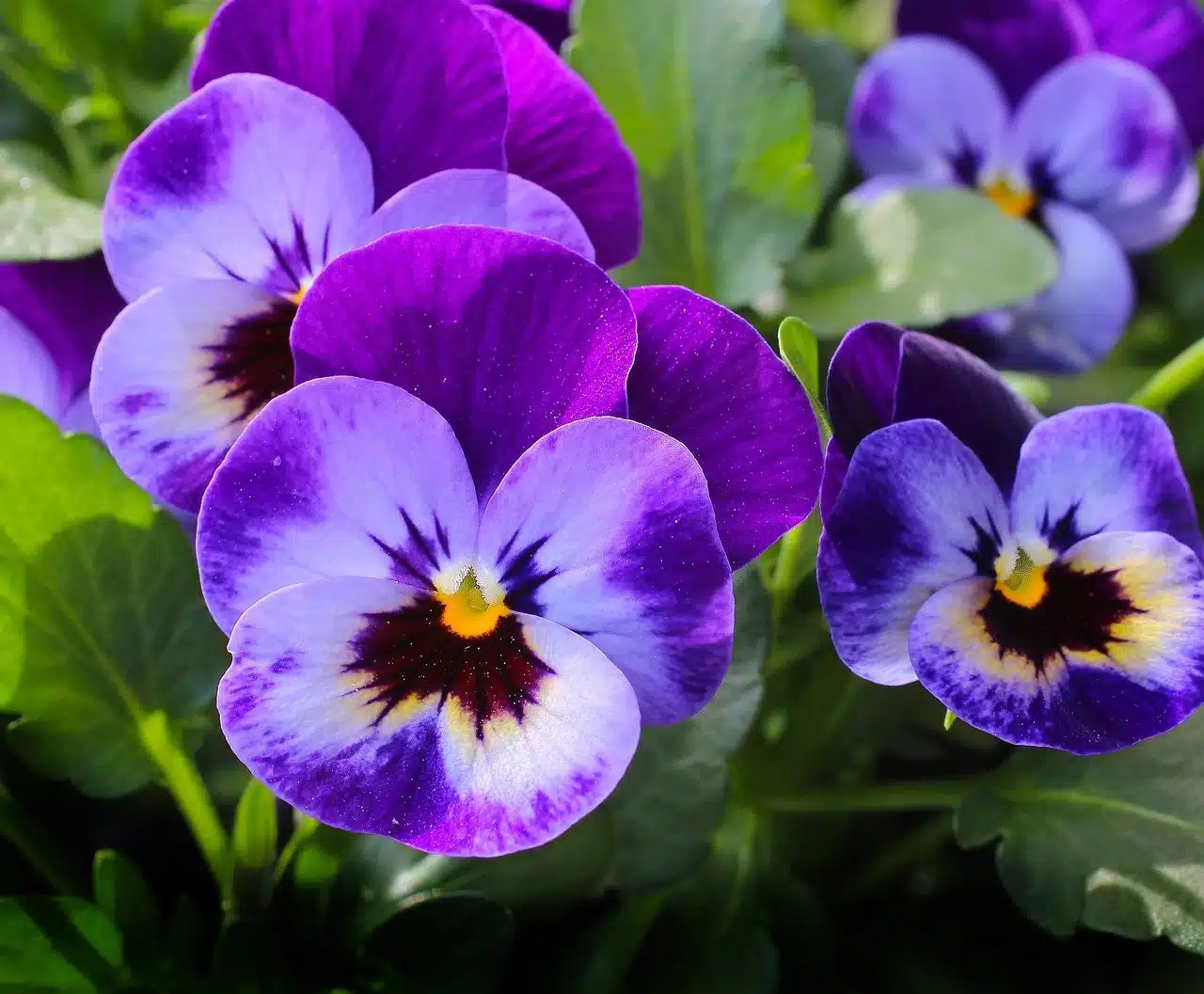
The kingdom Plantae is a biological taxon.
Kingdom Plantae is a notion that is part of the field of biology: Plantae is a taxon that is included within the taxonomic category of kingdom. The most widespread meaning of this category coincides with the object of interest of botany .
It should be noted that kingdom , from the Latin word regnum , is a term with various uses and meanings. This may be the region governed by a monarchy (where the most important office is held by a king ) or the specific context of an activity. In the field of biology , a kingdom is one of the subdivisions that enables the distribution of living beings according to their common characteristics.
Members of the kingdom Plantae
The kingdom Plantae may include plants , algae , fungi , and cyanobacteria . However, the most common classification places algae, fungi and cyanobacteria in other kingdoms, so the Plantae taxon would only include plants.
Therefore, it can be said that the kingdom Plantae encompasses all those multicellular organisms that have eukaryotic cells and cell walls organized according to certain degrees of functional specialty.

All plants are part of the kingdom Plantae.
Plant characteristics
The members of the Plantae kingdom receive energy from the sun's rays, which they absorb through the chlorophyll of the chloroplasts of their cells . Through photosynthesis , they transform H2O and CO2 into sugars that they use as an energy source for their subsistence. These living beings also have the ability to nourish themselves ( they are autotrophs ) thanks to the minerals, water and substances they collect from the soil and air.
Although plants are not mobile, they manage to explore the surrounding environment through organs such as roots , which allows them to absorb various nutrients to develop proteins and other molecules .
Species of the kingdom Plantae
There are around 400 thousand species that are included in this kingdom spread throughout the entire globe, except for the polar caps, the coldest regions of the planet where plant life is not possible.
The organisms of the Plantae kingdom cannot move because their roots cling to the earth; However, for procreation, its seeds-spores do move to settle somewhere else. Spores are made up of unique cells that all plants have and that separate from the maternal organism to multiply ; In the case of higher plants (certain trees, flowering plants), multiplication is carried out from seeds that are often carried by wind or other living organisms away from where their parent is located to become a new individual. of the species .
It is worth mentioning that within this kingdom, we can find four fundamental groups : mosses (bryophytes), ferns (pteridophytes), conifers (gymnosperms) and flowering plants (angiosperms).
Among the bryophytes, the oldest plants do not have vessels or tubes to transport minerals and other substances to live, for this reason their size is quite small compared to other plants.
Pteridophytes, gymnosperms and angiosperms, on the other hand, have two types of vascular tissues : one to move water from the soil to each region of the organism, called xylem , and another to distribute the food that has been produced from photosynthesis. , which is called phloem .
Regarding the type of reproduction , as we have already said, it is different from one to another. Ferns do it through spores, conifers and flowering plants from seeds ; The first have naked seeds, such is the case of pine trees (pineapple) and others have them covered by a fruit (cherries).
The classification
It is worth mentioning that the variety of existing plants is very extensive. Many of them have been discovered and classified. Others. A fairly large number of them were also observed, but scientists cannot agree on how they should be classified.
In a third group, there are all those plants that are still absolutely unknown ; It is worth adding that it is believed that there are many.
